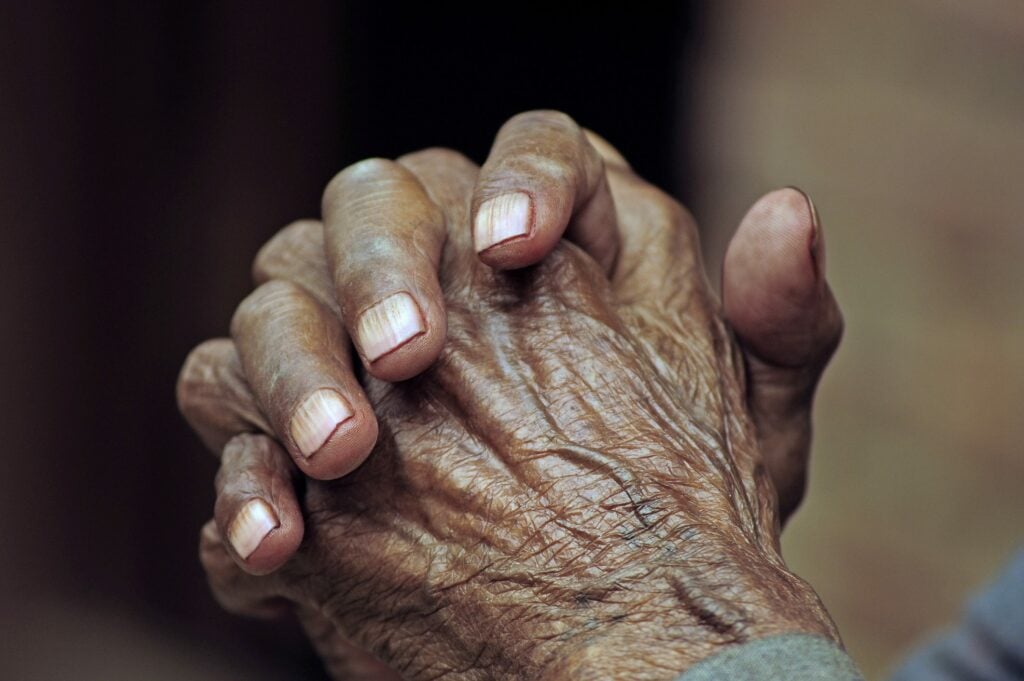Gen X and mental health
Reviewed by Brooks Baer, LCPC, CMHP

Who is Gen X?
“Generation X” (or “Gen X”) describes people born between 1965 and 1980. Because they fall between Baby Boomers and Millennials, Gen Xers are sometimes also called the Sandwich Generation. Other names include the Latchkey Generation (because they spent a lot of time alone at home after school) and the MTV Generation (due to the popular cable music channel).


Generation Jones
Older Gen Xers and younger Baby Boomers, born between 1954 and the mid-1960s, are sometimes described as belonging to a “microgeneration” or “cusp generation” called Generation Jones. The name may refer to “keeping up with the Joneses,” a common expression about wanting to keep pace with the success of your neighbors and friends.
Xennials
Younger Gen Xers and older Millennials, born between 1977 and 1985, are sometimes placed in the Xennial microgeneration. Xennials are also called the Oregon Trail Generation (after a computer game many kids played in school at the time) or “the Lucky Ones” (since these kids were some of the last to grow up without internet access or much adult supervision).1
Are generations real?
- Family of origin
- Age and stage of life
- Race and ethnicity
- Gender and sexuality
- Ability and disability
- Income and socioeconomic class
- Occupation and workplace
- Experience of pregnancy and/or parenthood
- Relationship status
- Religion or faith community
- Immigration experience and/or status
- Physical and mental health history
Gen X demographics
- Race and ethnicity: Compared with other generations, Gen X most closely matches current national averages in the US. According to 2015 census data, just over 60% of Gen Xers are White, approximately 18% are Hispanic, and nearly 13% are Black.2
- Gender and sexuality: A recent poll shows only about 4% of Gen Xers openly identify as LGBTQIA+, considerably fewer than Millennials (9%) and Gen Z (16%).3 A 2020 survey shows that 33% of Gen Xers believe same-sex marriage is good for society, while 41% believe it doesn’t really make a difference. Only 16% of Gen Xers personally know someone who uses gender nonconforming pronouns, compared to 25% of Millennials and 35% of Gen Zers.4
- Education: Forty percent of Gen X women and 35% of Gen X men had a bachelor’s degree or higher in 2017.5 Gen X is the first generation in which more women than men have college degrees; this trend has continued for Millennials and is expected to continue for Gen Z.
- Wealth: Gen X controls an estimated 27% of household wealth in the US, according to 2020 Federal Reserve data—lower than Baby Boomers (53%), but significantly higher than Millennials (5%).6
- Population: US census data from 2019 shows that Gen Xers make up approximately 20% of the population. (Baby Boomers and Millennials each stand at 22%.)7
Gen X and mental health treatment
Gen Xers’ mental and emotional needs were often deferred in childhood, then deprioritized in adulthood. Many were kids at a time when adults and parents were the top focus of families. Once Gen Xers became parents themselves, culture shifted to focus on children instead.
For Gen X, discussions about mental health were often reserved for people who’d undergone what psychologists today call big “T” traumas—extreme experiences most people already view as traumatic, like serving in a war or surviving an assault. Seeing a therapist for little “t” traumas like divorce, job transitions, or bullying may not have occurred to Gen Xers. Even if they wanted mental health treatment, stigma or lack of accessibility may have stopped them from seeking it.
Today, Gen X is starting to embrace the importance of talking about and receiving treatment for mental health problems. According to the American Psychological Association (APA), 26% of Gen Xers reported getting help from a mental health professional in 2018.8
Effects of institutionalization and deinstitutionalization
In the late 19th and early 20th centuries, people with severe mental illnesses were often institutionalized—placed in mental hospitals and asylums. Some of these places provided adequate healthcare, but others offered little more than abuse and negligence. Deinstitutionalization began in 1955 and took place over a span of nearly 40 years. An estimated 487,000 people were discharged from mental institutions during that time.
Although institutionalization was decreasing in popularity as Gen X came of age, many Gen Xers still believed that mental health care was reserved for the most serious cases. Stigma surrounded anyone seeking treatment for mental health problems.
Gen X and stress
In a 2020 APA report, 21% of surveyed Gen Xers said their mental health had worsened from the previous year, second only to Gen Z at 34%.9
Much of Gen X’s stress comes from caretaking responsibilities. Many Gen Xers are primary caretakers of children as well as aging parents. The COVID-19 pandemic has worsened stress for all demographics, but particularly impacted Gen X due to their unique set of responsibilities.
More than 50% of young adults (ages 18 to 29) reported living at home during the pandemic, putting extra pressure on Gen X parents to provide for them.10 At the same time, people in their 60s and older are at greater risk for serious illness from COVID-19, which increases anxiety in Gen Xers as they try to care for their elderly parents.
When Gen Xers have time to think about themselves, they’re often worried about money. Gen X can’t afford to put the same trust their parents did in benefit programs like Social Security to provide for them in their old age. Saving for retirement is a huge source of stress. Many Gen Xers have bounced back financially from the Great Recession, but it’s unclear if they’ll do so after the pandemic.
Divorce rates increased in the mid-1960s as women gained the legal, economic, and reproductive freedom necessary to leave unhappy or abusive marriages. This increase impacted many Gen X kids. For some, a childhood experience of divorce amounted to trauma that affected their mental health and relationships.
Though many Gen Xers experienced their parents’ divorcing, fewer have gotten their own divorces as adults. Divorce rates among Gen Xers are significantly lower than those for their Silent Generation or Baby Boomer parents.11
Growing up during the War on Drugs and the “Just Say No” campaign, many Gen Xers were taught that addiction problems deserved criminal punishment instead of medical treatment.12 Racist beliefs harmed Gen Xers of color who struggled with addiction, while the addiction struggles of public figures wound up in the tabloids.
The US has made some progress in how to treat people who struggle with substance abuse. Addiction today is more often considered a mental health concern than a crisis in morality or personal responsibility. If you or a loved one are experiencing addiction, please consider the following resources:
Sources 1 https://socialmediaweek.org/blog/2015/04/oregon-trail-generation/ 2 https://www.brookings.edu/blog/the-avenue/2016/06/28/diversity-defines-the-millennial-generation/ 3 https://news.gallup.com/poll/329708/lgbt-identification-rises-latest-estimate.aspx 8 https://www.apa.org/news/press/releases/stress/2018/stress-gen-z.pdf 9 https://www.apa.org/images/sia-2020-adults-mental-health_tcm7-279797.jpg 11 https://www.fox29.com/news/study-millennials-gen-x-are-lowering-the-divorce-rate About the author The editorial team at therapist.com works with the world’s leading clinical experts to bring you accessible, insightful information about mental health topics and trends.Gen X and divorce
Gen X and addiction

Related articles

Born in the mid-’90s through the early 2010s, Gen Zers have high rates of...

The Silent Generation and mental health
Born between 1928 and 1945, the Silent Generation learned to prioritize...

Baby Boomers and mental health
Born between 1946 and 1964, Baby Boomers have witnessed continued shifts in how...

Born in the 1980s through the mid-1990s, Millennials often struggle with...
